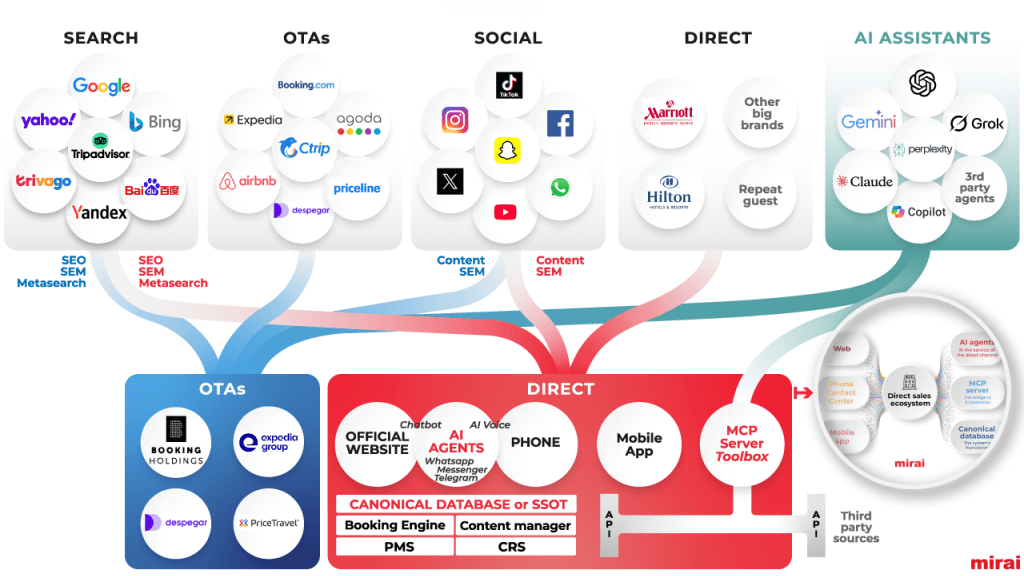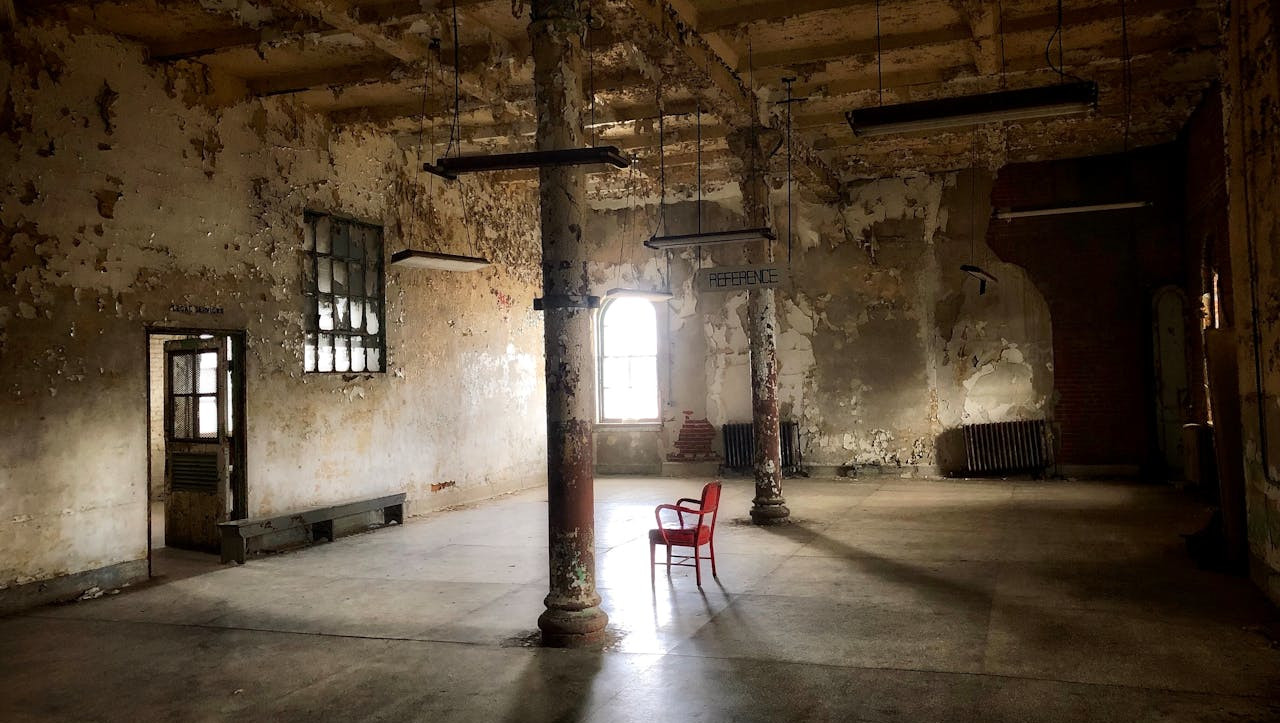
Effective pricing strategies are the cornerstone of spa revenue management. While price controls are still largely a manual endeavor in the spa industry compared to the more sophisticated automated programs employed for hotel rooms and airline seats, there are a number of pricing levers including dynamic, real time, advance, and last-minute pricing strategies that can be used to build your spa revenue management program. Let’s explore.
NB: This is an article from Cayuga Hospitality Consultants
Subscribe to our weekly newsletter and stay up to date
1. Setting Competitive Spa Prices
Spa Revenue Management begins with setting competitive prices that attract guests while ensuring profitability. For instance, you analyze the local market and determine that the average price for a 60-minute massage is $150. By aligning with this market average, you remain competitive. These prices can be considered standard or par.
2. Advance Booking
Borrowing proven pricing strategies from hotels is one way to experiment in spa without reinventing the wheel. This includes providing value pricing or discounts for guests that are willing to lock in a non-refundable rate in the future. By examining your historical occupancy data, you can identify days, or certain time slot periods that have been thinly booked in the past. These periods are ideal to offer the non-refundable discount rates, especially your local guest segment that may have less risk of cancelation than your transient guests. Using your database of local guests, select your parameters and make the offer. This type of pricing provides the spa with revenue stability on its most unfavorable days while guests have the advantage of an irresistible price.
3. Real-time Pricing
Dynamic pricing isn’t exclusive to hotel rooms; it’s a powerful tool for spa services as well. Implementing real-time pricing requires close collaboration between the booking and check-in or reception teams. For example, leadership reviews the appointment book daily to gauge the next day’s capacity utilization, adjustments are made to the provider team schedule, and if there are gaps in the schedule (primarily defined as time slots less than a treatment hour), guests may be contacted to reschedule. Alternatively, with a revenue management program in place, your booking team can focus on selling these gaps to guests already visiting the spa that day, while the reception team will take responsibility for selling these gaps on the day they are set to expire. This approach increases utilization and provides an opportunity to help guests craft a highly personalized and memorable experience.
Last Minute Pricing
Similar to Real Time Pricing, your spa’s booking and reception teams can be empowered to offer last minute appointment slots to guests (as described in Real Time Pricing) and walk in guest. A spa revenue management strategy for last minute pricing, might maintain regular prices for full treatment hours but offer discounts or abbreviated off-menu treatments to fill the partial hour appointment gaps. These short treatments may be combined with a spa day pass or offered only to those guest that purchase a day pass.




